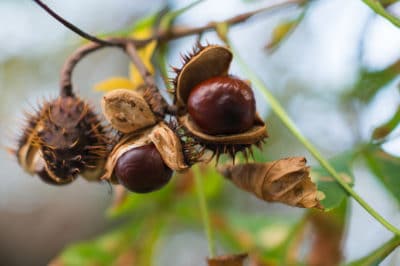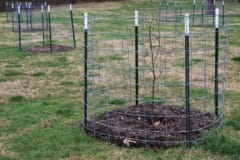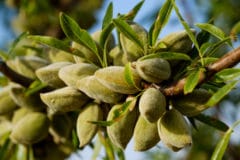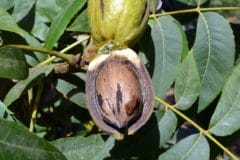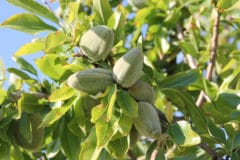Chestnut Trees and Cold
Chestnut trees’ potential growing range covers a significant amount of real estate, from southern New England west to southern Michigan and south to north Florida and east Texas. That’s their potential range, because they produce nuts only where their growing season includes at least 100 frost-free days. They survive down to minus 20°F (-28.9°C) in winter, but a surprise early or late freeze can cause them serious harm.
The Planting Site
Your planting site should be large enough for at least two mature chestnut trees spaced 35 to 40 feet apart. It also needs sufficient spring wind to caryy pollen between the trees. Well draining soil with a pH in the 5.0 to 7.0 range is another must. Sandy loam is ideal; avoid clay or any soil that stays wet for extended periods.
Expert gardener’s tips:
- To protect orchard chestnuts from unexpected cold snaps, plant them on slopes where cold air and frost are less likely to settle.
- Home garden chestnuts do best on the south side of a structure where they’ll get maximum winter sun exposure and protection from icy northern winds.
What Chestnuts are Best for Home Gardeners?
Most experts recommend growing grafted chestnut trees instead of seedlings. Make sure the varieties you choose are compatible cross-pollinators. Otherwise, you’ll end up with extremely handsome shade trees but no nuts!
‘Dunstan,’ the most widely cultivated hybrid, grows more than 50 feet tall. Hardy to USDA zone 4, it fruits best when pollinated by another ‘Dunstan’ (two or three others are even better.)
‘Colossal’ reaches up to 35 feet high and wide. Noted for its large, sweet nuts, it grows in USDA zones 4 through 8. ‘Colossal’ cross-pollinates successfully with ‘Auburn Homestead’ or ‘Eaton’ hybrids.
A Chestnut for Small Spaces
Even if your space is limited, homegrown chestnuts can be yours with pair of a shrub-sized chinquapin trees (Castanea pumila). Standing just 6 to 12 feet tall, shade-tolerant chinquapins are suitable for USDA zones 5 through 9. For heaviest cross-pollination, space them 10 feet apart.
